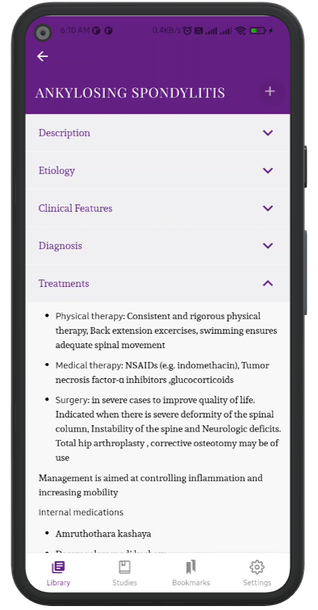VENOUS ULCER
Description
- An ulceration of the skin caused by chronic venous insufficiency. Classically develops superior to the medial ankle. Often associated with skin changes ( hyperpigmentation) and unilateral oedema
- Commonest ulcer of the leg
- Basic cause is the abnormal venous hypertension in the lower third of the leg, ankle and dorsum of the feet
- Also known as varicose ulcer, post-thrombotic ulcer, gravitational ulcer etc.
Types
- Ulcer appears open, inflamed, and sore which may be draining or covered by a dark crust
- Unevenly shaped borders
- Surrounding skin: shiny, tight, hot, and discoloured
- Usually only mild pain , pruritic
- If infected- foul smelling pus discharge
Examination of Ulcer
- Shape: Generally vertically oval in shape
- Number: may be more than one in number
- Position: an ulcer on the medial malleolus of a lower limb which shows varicose veins, is obviously a venous ulcer
- Edge: Sloping edge is seen in healing venous ulcer
- Floor: Healthy and healing- red granulation tissue, slowly healing- pale and smooth granulation tissue
- Surrounding area: very often eczematous and pigmented
- Tenderness: varicose ulcer may or may not be tender
Investigation
- Ascending functional phlebography or venography
- Venous doppler study
Treatments
Conservative treatment
- Elevation of the affected limb
- Passive movements to maintain the mobility of the foot and ankle
- Active movements of calf muscles
- Compression
- Effective antibiotic from the culture report
- NSAIDs
- Exudative ulcer with poor granulation tissue requires daily cleansing and dressing
- After healing compression stockings
Surgical Treatment
- Incompetent perforators and varicose veins may be treated by surgery or sclerotherapy
- Larger ulcers- split skin graft
Ayurvedic Treatment
Internal medicines
- Guggulutikthaka Kashaya
- Manjishtadi Kashaya
- Guggulutikthaka Ghritha
- Sonitamrutha Kashaya
- Kaisora guggulu
- Vilwadi gutika
- Arogya vradini vati
- Guggulupancha pala choorna
Procedure
- Raktha mokshana
- Bandage – Vipareetha malla taila
- Kshalana - Triphala Kashaya , karnja kashaya, Nalpamaradi kashaya
- Lepa – Nimbachoorna+ Madhu +Ghritha +Ttila
- C&D - Jathyadi Gritha
- Dhara – Karaskara ksheera , Paranthyadi taila
Department
Salya Tantra

